
George Douglas, 16th Earl of Morton, KT, FRS, FRSE, FSA was a British nobleman.

Benjamin Bell of Hunthill FRSE FRCSEd is considered to be the first Scottish scientific surgeon. He is commonly described as the father of the Edinburgh school of surgery, or the first of the Edinburgh scientific surgeons. He published medical works of significance, notably his surgical textbook A System of Surgery which became a best seller throughout Europe and in America. His treatise on venereal disease was one of the early works that suggested syphilis and gonorrhea were different diseases, a hypothesis which was not accepted by mainstream medicine until many decades later. Bell's main contribution to surgical practice was his adage 'save skin', which led to improved rates of wound healing in operations like mastectomy and limb amputation. He was also an early advocate of routine pain relief in surgery.
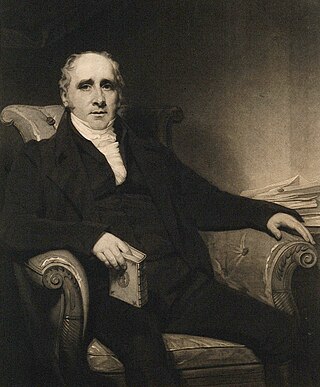
Thomas Charles Hope was a Scottish physician, chemist and lecturer. He proved the existence of the element strontium, and gave his name to Hope's Experiment, which shows that water reaches its maximum density at 4 °C (39 °F).
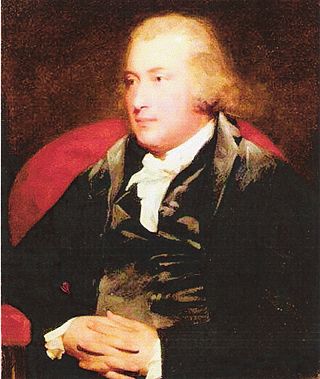
Colin Lauder, Worlds End Close, Edinburgh) was a fellow of the Royal College of Surgeons of Edinburgh FRCSEd, and a burgess of Edinburgh. His portrait was painted by Sir Henry Raeburn.

Clan Spens or Spence is a Lowland Scottish clan and is also a sept of Clan MacDuff.

Sir Andrew Douglas MaclaganPRSE FRCPE FRCSE FCS FRSSA was a Scottish surgeon, toxicologist and scholar of medical jurisprudence. He served as president of 5 learned societies: the Royal Medical Society (1832), the Royal College of Surgeons of Edinburgh (1859–61), the Royal College of Physicians of Edinburgh (1884–87), the Royal Society of Edinburgh (1890–5), and the Royal Scottish Society of Arts (1900).

Andrew Duncan, the elder FRSE FRCPE FSA (Scot) was a British physician and professor at the University of Edinburgh. He was joint founder of the Royal Society of Edinburgh. As first proposer of an asylum in Edinburgh he gives his name to the Andrew Duncan Clinic which forms part of the Edinburgh City Hospital.
Sir John Rose Cormack FRSE FRCP was a Scottish physician and medical journalist. He established several notable British journals: the Edinburgh Monthly Journal of Medical Science; the London Medical Journal; and the Associated Medical Journal.
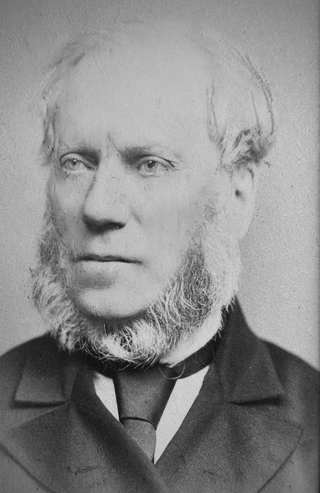
Dr James Dunsmure FRSE FRCSEd was a Scottish surgeon. He served as President of the Royal College of Surgeons of Edinburgh.

Sir William Allan Jamieson PRCPE LLD (1839–1916) was a Scottish physician and academic author. He served as President of the Royal College of Physicians of Edinburgh 1908 to 1910 being succeeded by Sir Byrom Bramwell.
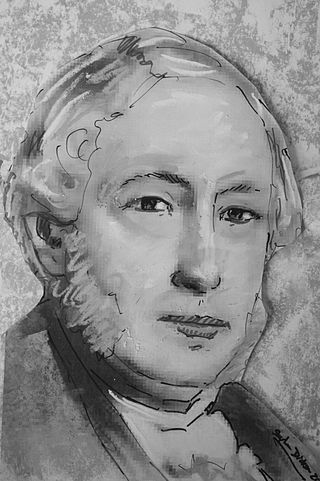
Sir William Newbigging FRSE FRCSEd FRGS was a Scottish surgeon who served as President of the Royal College of Surgeons of Edinburgh from 1814 to 1816. He was a keen amateur geographer.
Dr George Augustus Borthwick FRSE FRCSE FSA (1784-1844) was a Scottish physician and surgeon. He was Physician to the Royal Dispensary in Edinburgh and helped to establish the Edinburgh Eye Dispensary.

Dr John MacWhirter FRSE PRCPE (1783–1854) was a 19th-century Scottish physician who served as president of the Royal College of Physicians of Edinburgh from 1831 to 1833.

William James Stuart CBE PRCSE FRSE (1873-1958) was a 20th-century Scottish surgeon who served as President of the Royal College of Surgeons of Edinburgh from 1937 to 1939. He was affectionately known as Pussy Stuart.

William Inglis was a Scottish surgeon who had the unique distinction of serving as Deacon of the Incorporation of Surgeons of Edinburgh and then serving two further terms as President of the Royal College of Surgeons of the City of Edinburgh, as the organisation became known after receiving a Royal Charter in 1778. He was one of the earliest captains of the Honourable Company of Edinburgh Golfers.

Arthur Henry Havens Sinclair MD FRSE FRCSEd LLD was a 20th-century Scottish ophthalmologist. He was a pioneer of quantitative perimetry, introducing this technique of visual field testing to Britain. Sinclair also introduced the operation of intracapsular extraction of the lens for cataract into the UK. He was President of the Ophthalmological Society of the United Kingdom from 1931 to 1933 and was President of the Royal College of Surgeons of Edinburgh from 1933 to 1935. He was Surgeon-Oculist to King George VI in Scotland.
Dr Thomas SpensPRCPE FRSE (1764–1842) was an 18th/19th century Scottish physician who served as President of the Royal College of Physicians of Edinburgh from 1803 to 1806.

James Dunsmure FRCSEd was a Scottish physician and obstetrician who, as his father had done before him, served as President of the Royal College of Surgeons of Edinburgh.
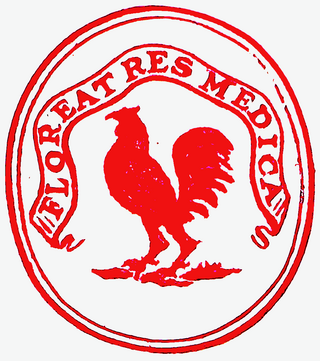
The Aesculapian Club of Edinburgh is one of the oldest medical dining clubs in the world. It was founded in April 1773 by Dr. Andrew Duncan. Membership of the club is limited to 11 Fellows of the Royal College of Physicians of Edinburgh and 11 Fellows of the Royal College of Surgeons of Edinburgh. 'Extraordinary Membership' is given to members aged over 70 years. The club was established during the Scottish Enlightenment to encourage convivial relations between Fellows of the two Colleges and to stimulate intellectual discussion. The Club dinners are held in the New Library of the Royal College of Physicians of Edinburgh on the 2nd Friday of March and October each year. The principal guest at each dinner is invited to give a short talk on a non-medical subject and this is followed by a round-table discussion.

The Harveian Society of Edinburgh was founded in April 1782 by Andrew Duncan. The Society holds an annual Festival in honour of the life and works of William Harvey, the physician who first correctly described the manner in which blood circulates around the human body. Until 1829, the Society was known as the Circulation Club or the Harveian Club. Membership of the society is by invitation and members are doctors based primarily in Scotland. There are currently over 140 members, who are known as "Harveians".
This page is based on this
Wikipedia article Text is available under the
CC BY-SA 4.0 license; additional terms may apply.
Images, videos and audio are available under their respective licenses.

















